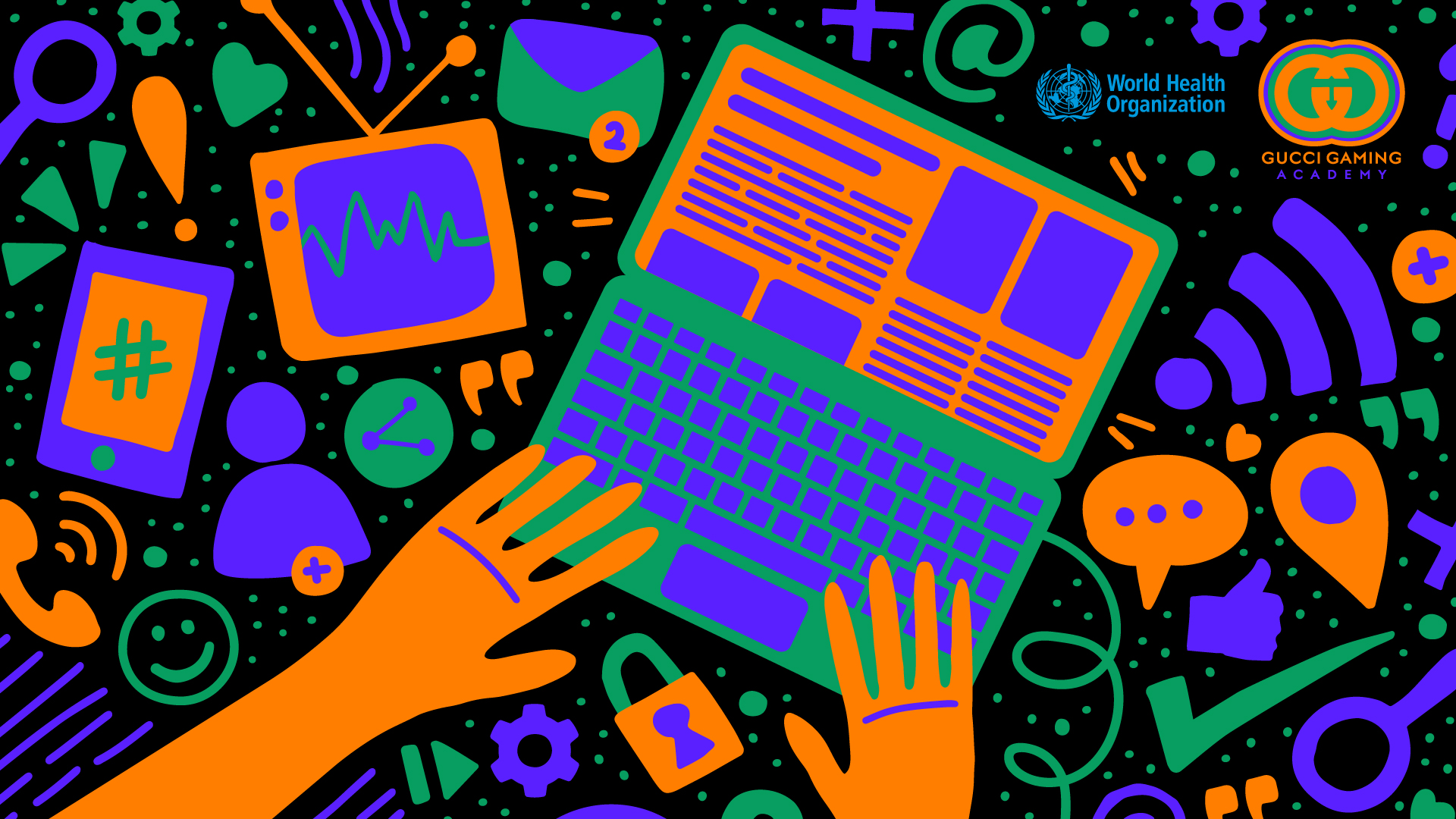It helps to think of misinformation and disinformation spreading in the same way as viruses. One person might share fake news with their friends and family, and then a handful of them share it with more of their friends and family, and before you know it, potentially harmful or dangerous information is taking over everyone’s newsfeed.
But just as we can protect against COVID-19 with vaccines, hand washing, physical distancing and masks, we can slow down the spread of misinformation and disinformation by practicing some information hygiene.
1. Assess the source
Who shared the information with you and where did they get it from? Even if it is friends or family, you still need to vet their source. To check for fake social media accounts, look at how long profiles have been active, their number of followers and their most recent posts. For websites, check the “About Us” and “Contact Us” pages to look for background information and legitimate contact details.
When it comes to images or videos, make it a habit to verify their authenticity. For images, you can use reverse image search tools provided by Google and TinEye. For videos, you can use Amnesty International’s YouTube DatViewer, which extracts thumbnails that you can enter into reverse image search tools.
Other clues that a source may be unreliable or inaccurate include unprofessional visual design, poor spelling and grammar, or excessive use of all caps or exclamation points.
2. Go beyond headlines
Headlines may be intentionally sensational or provocative to get high numbers of clicks. Read more than just the headline of an article – go further and look at the entire story. Search more widely than social media for information – look at print sources such as newspapers and magazines, and digital sources such as podcasts and online news sites. Diversifying your sources allows you to get a better picture of what is or is not trustworthy.
3. Identify the author
Search the author’s name online to see if they are real or credible.
4. Check the date
When you come across information, ask yourself these questions: Is this a recent story? Is it up to date and relevant to current events? Has a headline, image or statistic been used out of context?
5. Examine the supporting evidence
Credible stories back up their claims with facts – for example, quotes from experts or links to statistics or studies. Verify that experts are reliable, and that links actually support the story.
6. Check your biases
We all have biases, and these factor into how we view what’s happening around us. Evaluate your own biases and why you may have been drawn to a particular headline or story. What is your interpretation of it? Why did you react to it that way? Does it challenge your assumptions or tell you what you want to hear? What did you learn about yourself from your interpretation or reaction?
7. Turn to fact-checkers
When in doubt, consult trusted fact-checking organizations, such as the International Fact-Checking Network and global news outlets focused on debunking misinformation, including the Associated Press and Reuters.



